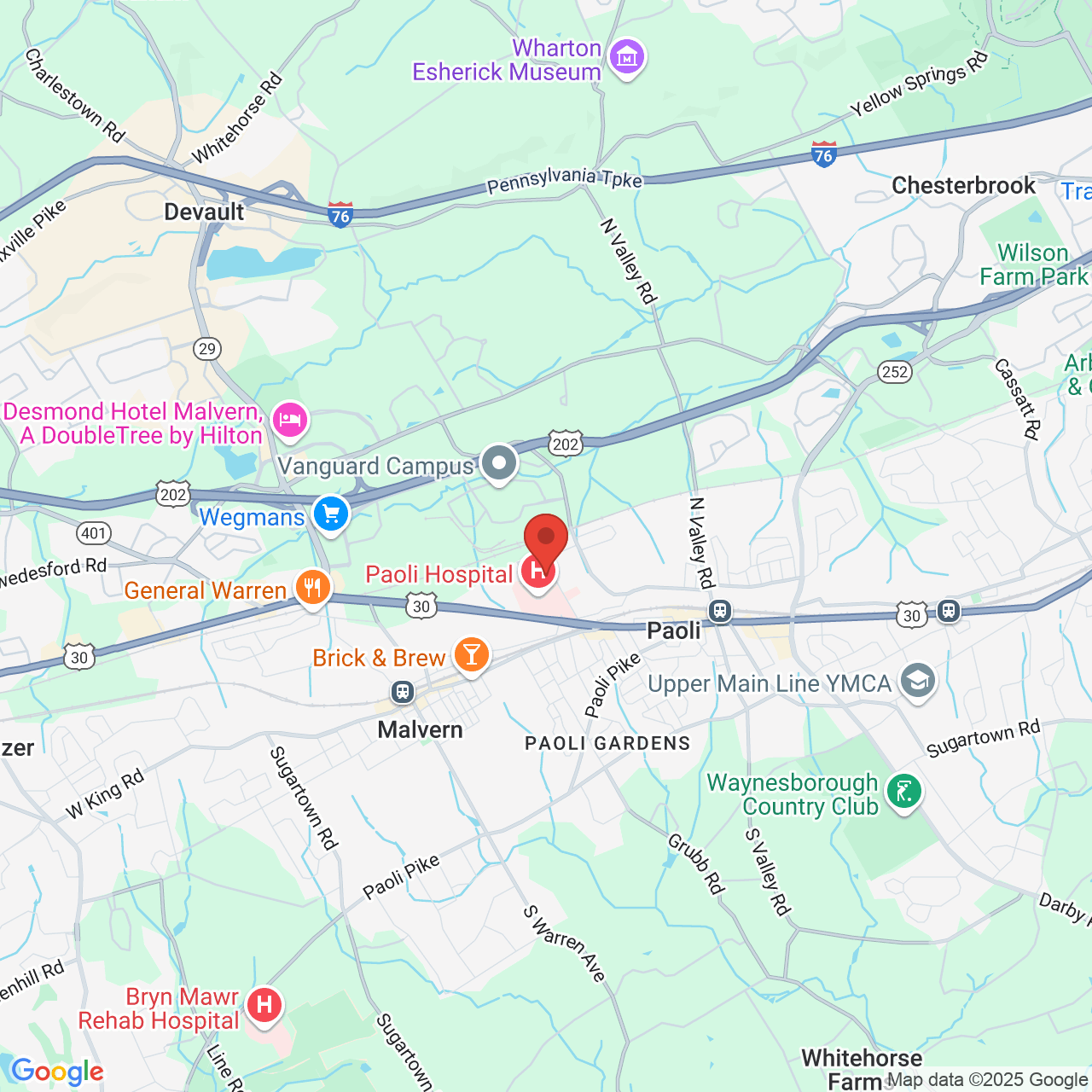Skin Rejuvenation: What Else Beyond the Creams?
Evolution of Resurfacing
Since the dawn of documented medicine, physicians have experimented with various methods to improve skin texture and remove unwanted spots. So in the current age of technologic explosion, where are we? If we want to resurface facial skin to remove sun damage, unwanted wrinkles or improve acne scars, what are our choices and what gives the best results?
It is important to realize that there is not one ideal treatment method for everybody, and techniques that work well for one physician may not work well for another. In the 1960’s and 1970’s, chemical peels and dermabrasion (more aggressive than the currently popular microdermabrasion) were the mainstay. With a chemical peel, physicians could vary the concentration and type of acid used depending on how severe the sun damage and aging features were. Phenol (for deep penetration) and trichloroacetic acid (TCA, for medium penetration) were, and still are, the common agents of choice for chemical peels.
For unusual skin texture, such as that seen with old acne scars or uneven traumatic scars, dermabrasion is ideal. This treatment method is often overlooked by patients and physicians alike, but yields outstanding results. With dermabrasion, a physician will literally sculpt the outer layer of anesthetized skin using a sterile rotary sander. The exact depth of sculpting can be varied depending on the scar and the desired result of each individual patient. Great skill of the operating physician is required to give optimal results.
Enter the Laser
The 1990’s saw the wide use of laser resurfacing- mainly the carbon dioxide or erbium laser and their many variations. Skin could be instantly vaporized to a constant depth controlled by the laser’s energy level. Patients and physicians initially loved the results, and chemical peels and dermabrasion became lost art forms. Over the past several years however, permanent skin lightening (hypopigmentation) and the high cost of laser treatments have changed the public view of laser resurfacing.
Current trends reveal that physicians are more often reaching for their dermabraders and chemical peels to give more natural appearing results at a fraction of the cost of laser peels. But, as aesthetic facial rejuvenation requires a blend of art and science, each physician may find their strengths vary with each treatment method.
Laser scientists have recognized this, and in response have developed fractionated lasers. This is another way of saying, "we can use the laser to resurface your skin, but using it in steps, or fractions, to get to the end result." Examples of these types of lasers are the Lux2940 (Palomar), Lumenis FX series (Lumenis), and the Pixel (Alma). This technology offers quicker recovery, but in exchange for several treatments instead of one big aggressive treatment to get the same smooth skin texture.
Have a related question or concern? Send us an email! We'd love to hear from you. Your communication will be kept confidential.




